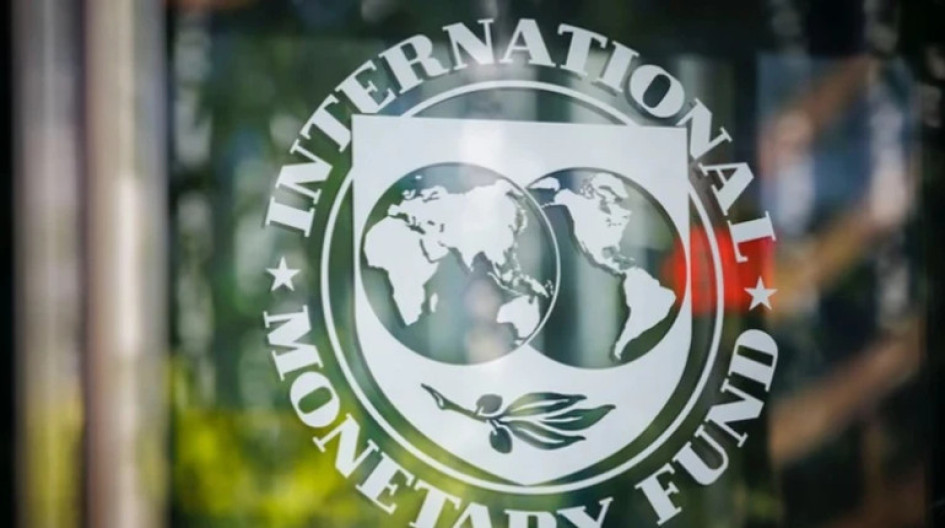Global government debt is projected to exceed 100% of global GDP by the end of 2029, reaching its highest level since 1948, according to the International Monetary Fund’s October Fiscal Monitor report.
This scenario is worse than pre-pandemic forecasts. In the most severe scenario (with a 5% probability), debt could reach 124% by 2029.
In many of the largest economies, government debt already exceeds—or is projected to exceed—100% of GDP. While the number of such countries is expected to gradually decline over the next five years, their share of global GDP is projected to increase. This group includes Canada, China, France, Italy, Japan, the United Kingdom, and the United States. These countries have deep and liquid government bond markets and a broad set of fiscal policy tools, which moderates their debt risk. Smaller countries face much greater fiscal challenges, even with relatively low debt levels.
More than 55 countries are experiencing a debt crisis or are at high risk, even though their debt is below 60% of GDP.
Ukraine’s government debt is also on track to exceed 100% of GDP, a milestone that has either already occurred or could be reached by the end of 2025. Before the full-scale war, Ukraine had reduced its debt to 48.9% of GDP, but it has since grown significantly. The IMF estimates that Ukraine’s debt will reach 108.6% of GDP this year, exceed 110% in 2026, and then gradually decline.
The IMF notes that the debt situation has changed dramatically compared to the period between the 2008 global financial crisis and the pandemic, when rising debt was accompanied by falling interest rates, stabilizing debt servicing costs.
Today, global interest rates are significantly higher, and their future trajectory is uncertain. Debt servicing costs are already placing pressure on national budgets.
At the same time, expenditures on defense, disaster recovery, new technologies, demographic changes, and development are rising, all amid political resistance to tax increases.
The IMF recommends that countries reorient public spending toward education and infrastructure, improve spending efficiency and management, and gradually increase tax revenues above 15% of GDP for countries with limited tax capacity.





















